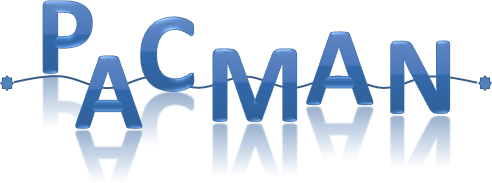Speaker
Summary
For the realisation of the CLIC Project the present state-of-the-art on precision assembly and alignment techniques (for a big size series (~ 4000 units) of “modules” each one including several complex components) must be developed to new limits. PACMAN Marie Curie Project intend to study these aspects integrating several components assembly/alignment steps at a single location and time. This talk will present the first studies on the precision engineering for the components assembling and some evaluation of the final expected alignment precision. The precision assembly of the quadrupole magnets MBQ will be addressed in detail. The magnet iron quadrants assembly with shape tolerances of the order +/- 10 micrometer have to be performed and correlated with the required magnetic field precision (0.1% dG/G as maximum magnetic field error). Discussion on the critical aspects and issues for this quadrant assembly will be done. Another topic addressed will be the analysis of the global allowed error budget for all the main components of the “modules”. The influence of all mechanical static, quasi-static, dynamic errors to the global precision envelope will be discussed. Applicable precision engineering methodology and correlated techniques will be outlined looking at which strategy/methodology could be applied in future for the PACMAN components integration.
